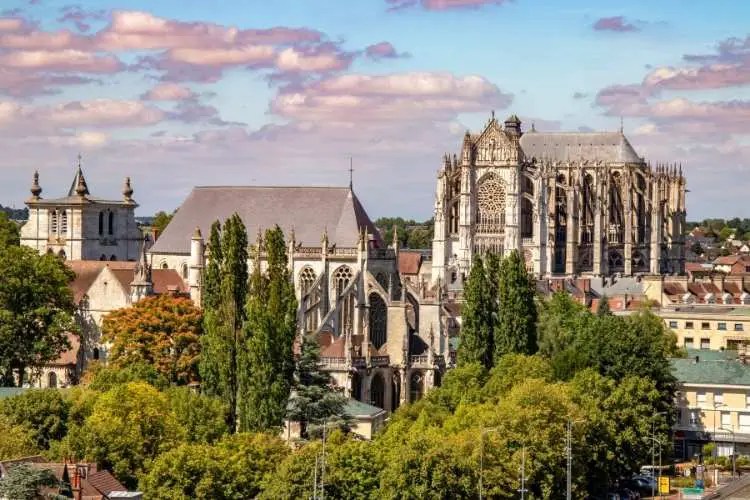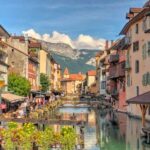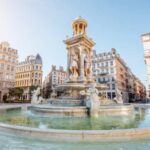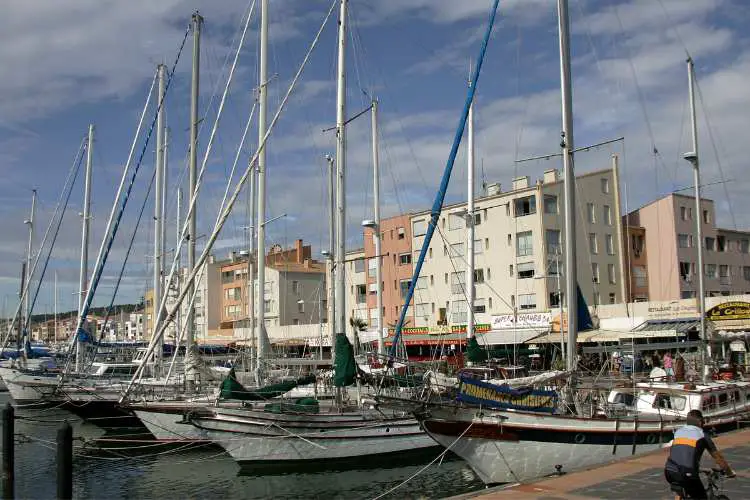The Oise may be close to Paris, but it doesn’t live in its shadow. Once the cradle of France, favoured by its kings, the Oise department still holds to many of its old values and ways of life.
What is the Oise department like?
Like the rest of Picardy and this part of Hauts-de-France, the countryside away from the towns and cities is given to farming.
A drive in virtually any direction brings a landscape that is easy on the eye, huge expanses (and some very small ones, too, at the edge of villages) of barley and wheat, dotted with wild flowers among which the poppy and of course sunflowers are especially noticeable.
Isolated groups of trees, many once part of the great forest that covered the area, and a wealth of tiny, church-steepled villages and hamlets, provide eye-catching moments that break the scenery into attractive segments of a much larger canvas.
It is the intensity of the farming that has helped Oise to save its countryside from excessive industrialisation. Quite simply, it remains largely unspoilt and lovely to see.
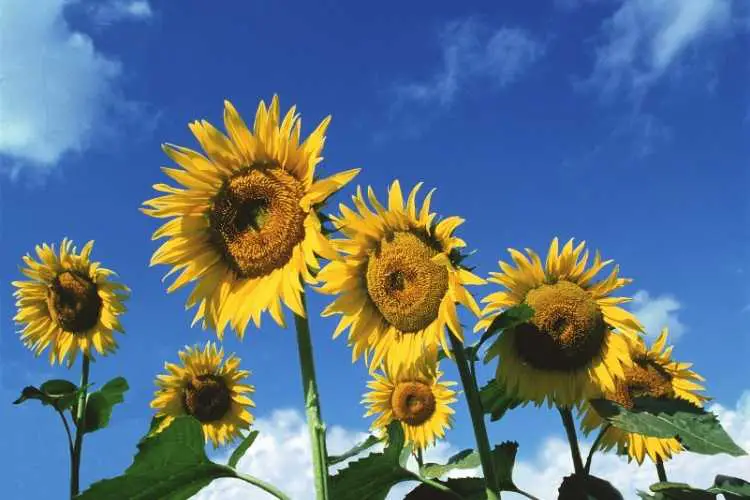
Throughout Picardy there are numerous encounters with Jeanne d’Arc. Compiègne, the main city of Oise, has the dubious distinction of being the place where she was captured.
Many years later, it was in a railway carriage in a clearing in the beech and oak forest of Compiègne that Maréchal Foch received the German forces’ request for an armistice; it was finally signed on morning of the 11th November 1918, and came into force at 11am.
Twenty-two years later, the German army entered Paris, and on the 21st June, 1940, the French armistice delegation was received by Hitler in the same car of the same private train, in exactly the same location in the forest of Compiègne.
Today, in the forest, the Clairière de l’Armistice, commemorates the two occasions.
Chaalis Abbey
Less than 30 miles from the heart of Paris, the monks of the Cistercian abbey of Chaalis led a pious and modest life.
They could not have known that six centuries later, a financial crisis would prompt Louis XVI to close down the abbey (1785), which during the turmoil of the French Revolution, was badly pillaged and the remaining buildings destroyed.
The estate changed hands a number of times before coming to the last owner, Nélie Jacquemart-André, the widow of a Parisian banker. She and her husband were accomplished art collectors, which she continued following his death.
Today, the chateau-musée within the grounds of the abbey, houses works by Giotto, Houdon and Boucher, as well as a remarkable collection of memorabilia belonging to Jean Jacques Rousseau.
Rousseau was a friend of the Marquis René de Girardin, who owned this fine example of a French castle in the 18th century. Beyond the chateau lies a formal French garden with tended shrubs and wide expanses of lawn, a sharp contrast with the nearby walled rose garden.
The lovely town of Senlis in Oise
Not far away, Senlis is a truly remarkable town with picturesque cobbled streets and strong links with the old Frankish rulers, who were lured here by the game in the nearby Forest of Ermenonville.
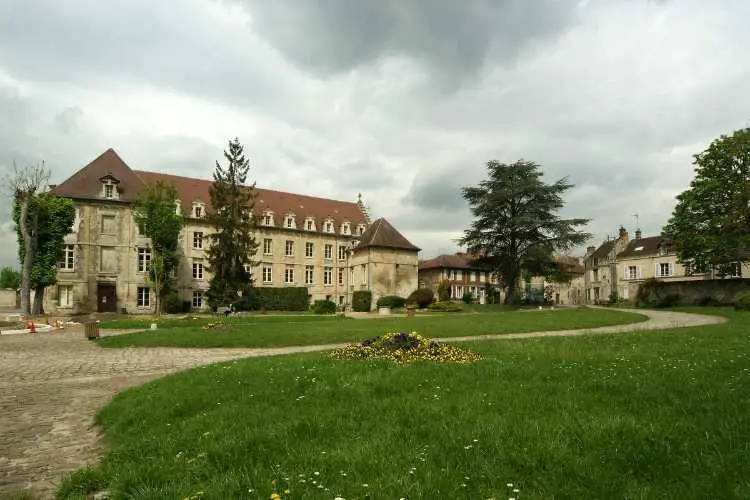
Constructed on a hill by a tribe called the Sulbanectes, Senlis was a flourishing settlement by the time of the Roman occupation a few years BC, when they renamed it Augustomagus. The Romans fortified the town, building thick walls and almost thirty towers, many of which still survive.
When Louis V suffered a fatal hunting accident at the end of the 10th century, the Carolingian line ended, and the Archbishop of Reims convened a meeting at Senlis to appoint a new king, Hugues Capet, the Duc des Francs.
Gradually, however, Senlis fell out of favour as a royal place of residence, gradually being replaced by Compiègne and Fontainebleau.
Auvers-sur-Oise
For those vsiitng Oise and wishing to connect with French culture a visit to Auvers-sur-Oise is a must.
As a city of artists, the village of Auvers has nine Impressionism memory sites typical of its Vallée du Vexin streets.
These sites include:
The grave and room of Vincent van-Gogh.
The Auvers-sur-Oise church.
The house of Dr Gachet.
The house and workshop of Daubigny.
The Musée de l’Absinthe.
The Musée Daubigny.
The Château d’Auvers, which offers a multimedia and historical journey called ‘Journey through the time of Impressionists’.
This journey traces the lives of the great masters who left their mark in the town’s history: Daubigny, Pissarro, Cézanne, Monet, Van Gogh… We journey through the rooms of the Château surrounded by decor and ambiances reminiscent of the Impressionists’ themes.
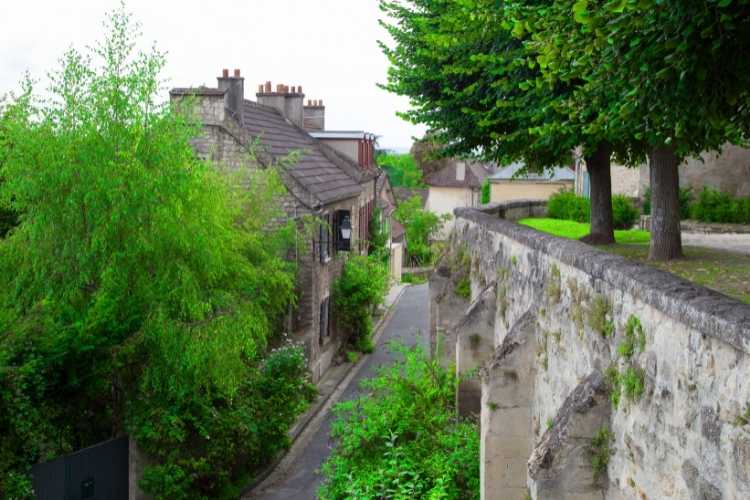
There are more than 500 paintings set to special visual and sound effects, popular music and songs of the time, extracts from old films, photo archive presentations along with old objects and costumes on display.
The commentaries, which are translated into nine languages, immerse the listeners for 75 minutes in the ambiance of 19th-century Parisian life.
For the general public of all ages, Impressionism painting is within the reach of all art lovers and after your visit, it is easier to understand the great impressionism memory sites like Giverny, Orsay museum, Montmartre, Barbizon etc..
The Château d’Auvers is just 30 minutes outside Paris and 25 minutes from Paris Roissy CDG Airport, and is located at the heart of Auvers sur Oise.
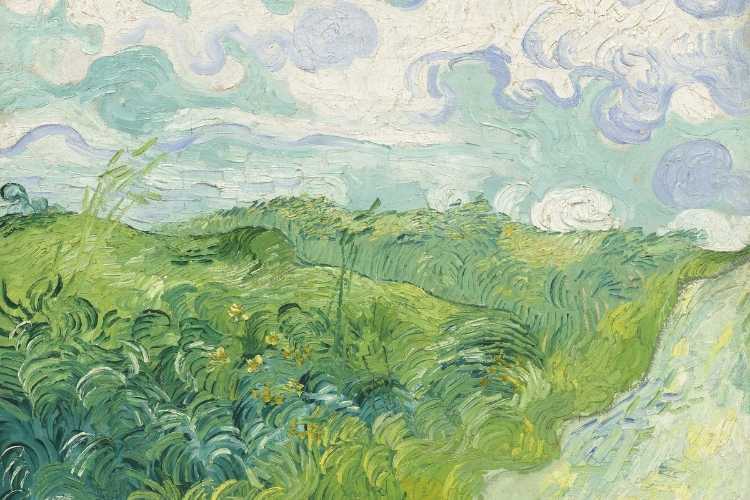
This is where Vincent van Gogh spent the last 70 days of his life, producing, amazingly, no fewer than 80 paintings during the most active period of his life.
The restaurant of the chateau “Impressionist’ Café”, offers you a selection of delicious seasonal produce. The summer terrace is set up in the courtyard.

